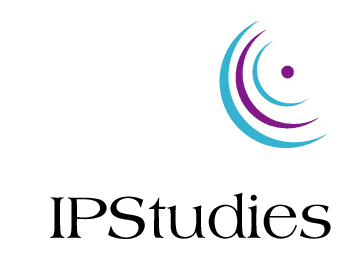We’re pleased the announce the availability of new IPStudies patent landscapes on TAL Effectors and CRISPR-CAS, two outstanding and competing genome engineering technologies that have raised significant investments in academic as well as industrial research in the past 5 years.
Our TAL Effectors and CRISPR-Cas patent landscapes analyze worldwide published patent families regarding:
- Transcription Activator-Like effectors (TAL Effectors – TALE), including genome editing methods based on TALE Nucleases (TALEN);
- Clustered Regularly Interspaced Short Palindromic Repeat (CRISPR), including genome editing methods based on the emerging CRISPR-Cas9 systems breakthrough technology.
The survey comprises:
- a global patent database (265 patent families) comprising both TAL Effectors and CRISPR, in order to give an overall overview of the IP situation, including the comparison of patent filings and the technological positioning of actors on either TAL Effectors or CRISPR or both;
- a focus on TALE Effectors (197 patent families), including TALE Nucleases;
- a focus on CRISPR (96 patent families), including CRISPR-Cas9 nucleases.
For more information, survey sample and order form, please check our dedicated page here.
